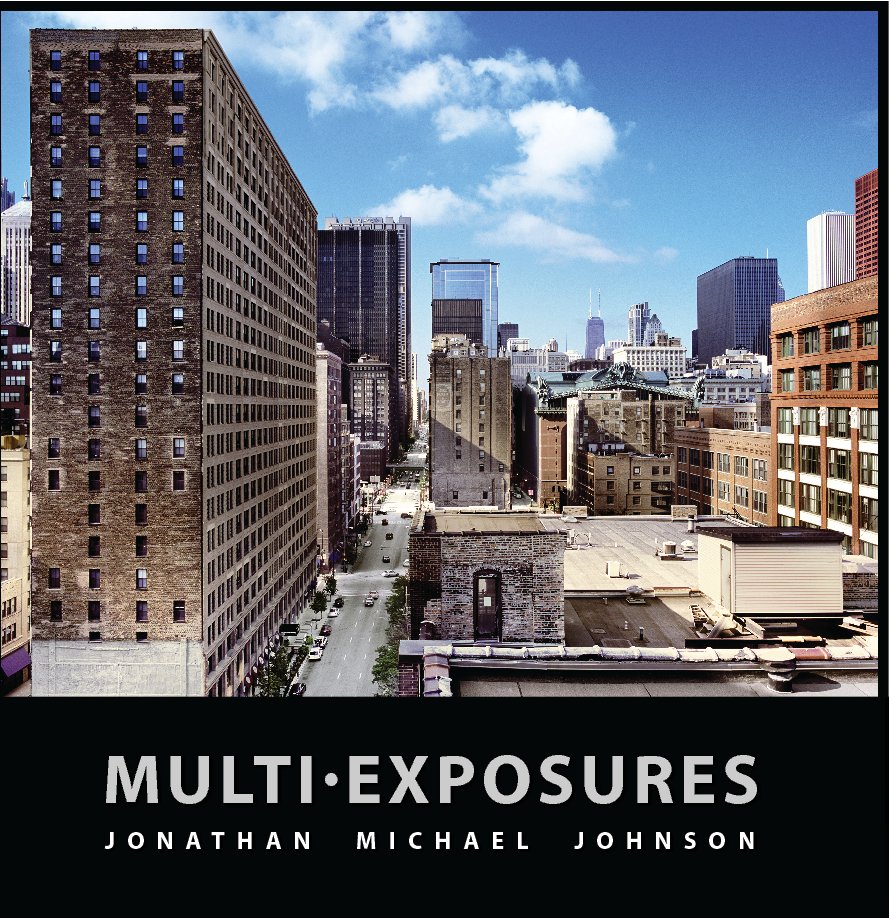About the Book
Depending on the size of the frame and camera used, a roll of transparency film can yield up to 32 exposures. The only difference between each exposure is the amount of light passing through the lens. Save that one exception, the camera is not touched for fear of moving the frame. Film advance and shutter release are performed remotely.
Each frame is scanned at 4000dpi, then mined for properly exposed areas. The final image is a puzzle built from different parts of each exposure. A street might come from one frame, a rooftop from another and a set of windows from another. It is impossible to capture these scenes under the constraints of traditional photography.
Time is elongated as the final image may record a span over 30 minutes. Viewed at this distance from reality, temporary interference disappears. People, cars, stray clouds, even the effects of pollution are removed.
Major metropolitan areas have evolved into extraordinarily complex and beautiful environments. They can be overwhelming in their variety of colors, textures and shapes. This density of information gives them a life of their own. My photography preserves these environments, celebrating their existence and exploring their details.
Features & Details
- Primary Category: Fine Art Photography
-
Project Option: Large Square, 12×12 in, 30×30 cm
# of Pages: 32 - Publish Date: Sep 06, 2009
- Keywords Chicago, architecture, color, Hasselblad, film, technology, buildings, train, perspective
About the Creator
I am an artist, documentarian, music lover and admirer of science. I live in the beautiful city of Chicago and produce large scale archival prints. In 1894 physicist Max Planck (born Karl Ernst Ludwig Planck 1848-1947) was asked to re-design the light bulb for greater efficiency. Frustrated with modern physics, he approached the problem with a strategy we now call quantum theory. Much of today’s technology is built on principles of quantum theory - principles Planck first imagined, then constructed through trial & error and later spread as doctrine. He believed in the power of logic, experimentation and an undying faith in the self. And in his off time he jammed with Einstein. In homage to Max Planck, I use the name Planck Studios to represent my body of work. Like Planck, I am guided by an experimental approach. Both my methods of documentation and the subjects I choose are inspired by our technological advances.


